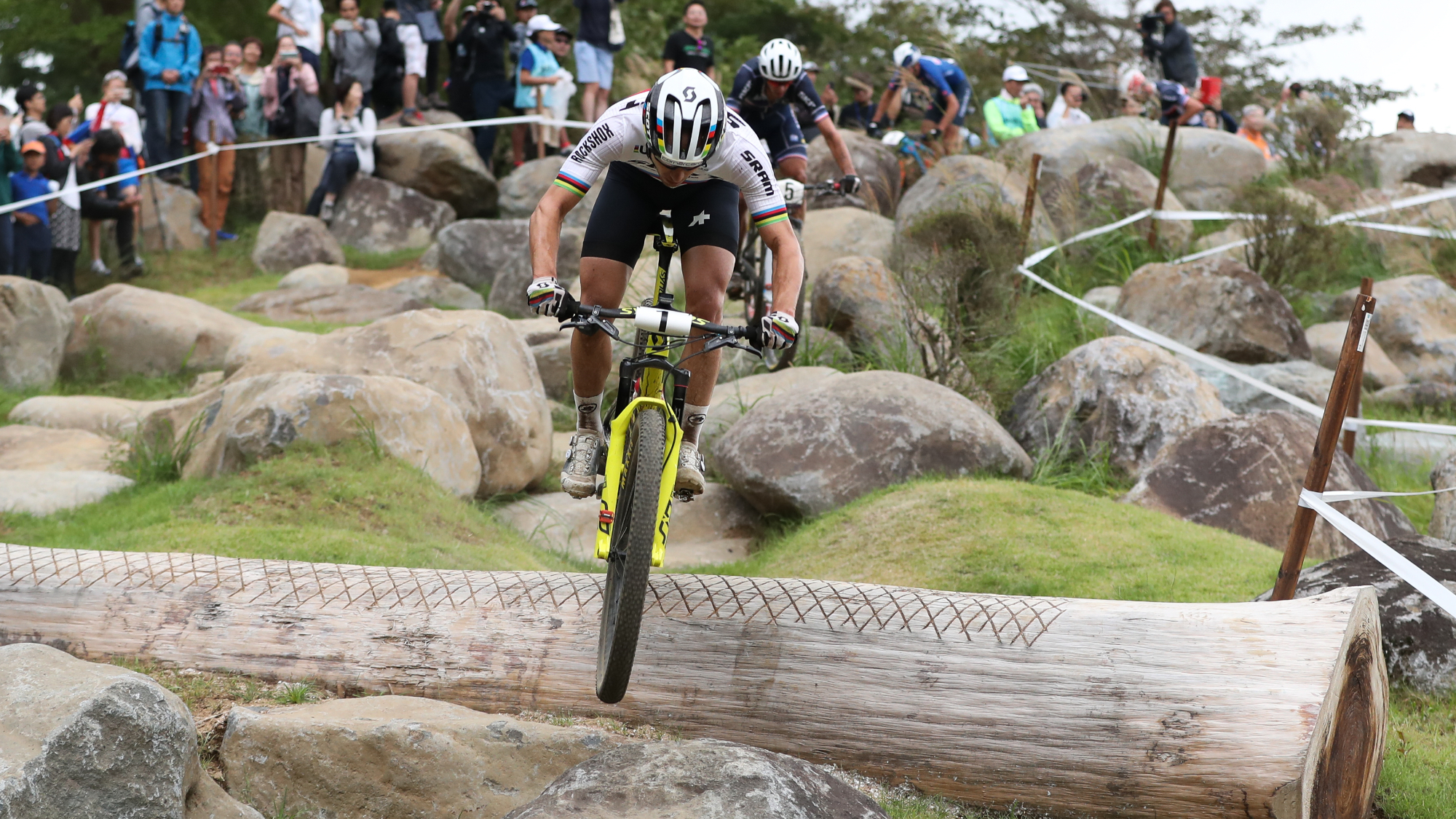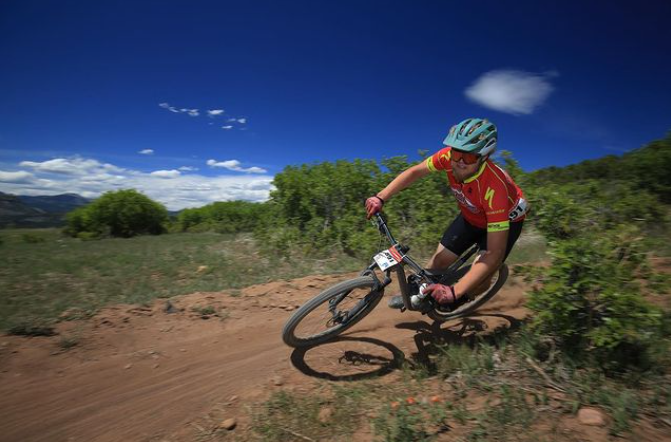Tokyo Olympic Games: What we know about the mountain bike course
The mountain bike course in Tokyo looks to be more challenging than previous Olympic courses in Rio and London; here's what we know as we count down to the big race

In just 11 days, the best cross-country mountain bike racers will line up for the biggest race of their lives. The Tokyo Olympic Games mountain bike race will take place on July 26 and 27, and by early accounts from a test event at the venue in 2019, the course will challenge riders' technical skills.
The Izu MTB Course is located near Izu, which is about two hours southwest of Tokyo by car, though spectators will not be allowed at any Olympic events. Izu is home to Japan's Cycle Sport Centre, and the city will also host the Olympic track cycling events at its velodrome. The course reportedly has sweeping views of the iconic Mount Fuji, although racers probably won't be focused on that come race day.
There was a test race on the course in 2019 which saw Nino Schurter and Jolanda Neff take wins over world-class fields. The event gave racers a taste of the Tokyo dirt and organizers a sense of what might need to be improved before the big show.
- Cross-country mountain biking: everything you need to know
- Can Nino Schurter get back to winning ways ahead of Tokyo Olympics?

The course starts off with a steep, grassy climb that quickly splits into two lines. Organizers are calling this section Amagi Pass. At the crest of the climb, the two lines head into a rock garden and then a descent with grassy corners and drops. This first section of track could create bottlenecks, although the field won't be as big as World Cup XCO races. Nonetheless, a good sprint off the start line will be critical.
The course also features sections called "Chopsticks" and "Wasabi," according to the spectator guide. The Chopsticks section features two logs that riders must jump over, while the Wasabi section is a climb that will make riders' legs burn.
One of the flagship sections of the track is the Sakura Drop, a mandatory drop that requires riders to bring their jumping skills if they don't want to lose time. One of the final sections of the course is called Karesansui, a downhill rock garden in the woods with multiple lines for racers to take.
From riders' posts on social media from the test event, the course features a mixture of singletrack in the woods and more open sections that feature multiple lines. The technical sections are man-made, but they appear to flow well and ride like they were built by an experienced trail builder.
“It’s definitely the toughest course I’ve seen for an Olympics,” Schurter said after the 2019 event.
“It’s very demanding, which surprised me. There’s one steep climb after another and they give you no chance to get your breath back. You have to stay with it from start to finish, which is what I did by moving into the lead on the descent on the last lap. I think it will be warmer and not so windy next year. It’ll be a question of making a quick impact because I can’t see a group finish like we had today."
Polish rider Maja Włoszczowska shared her thoughts on Instagram while at the 2019 race as well.
"I have to admit that I’ve never (and I’m racing over 20 years) seen such a demanding lap. Both - physically and technically."
“The Izu course is different to London and Rio, which were mainly on grass. Here they’ve made the most of the natural conditions.” added Neff.
The course looks to favor riders who have a good balance of fitness and technical riding skills. Steep climbs will challenge riders' legs and lungs, but then the technical sections come fast after the crest of climbs. Riders will have to navigate the rocks and drops while their heart rates are still pinned in the red.
The test even also saw riders like Kate Courtney, Pauline Ferrand-Prevot, and Jenny Rissveds crash, showing that the track is truly challenging.
The weather won't offer any respite to riders either. August is the hottest time of year in Izu, so the race will be hot and sweaty in late July with the chance of rain bringing muddy conditions. According to early forecasts, the temperature could be in the 80-degree Fahrenheit range with 70 per cent humidity and a constant chance of thunderstorms.
While Schurter and Neff won the test event a couple of years ago, neither rider has dominated this season as they have in the past. The 2016 Olympic Champion Schurter has seen good results, but he hasn't won a World Cup race this year. The men's field has seen multi-discipline stars Tom Pidcock and Mathieu van der Poel come searching for off-road glory, while dedicated mountain bikers Mathias Flueckiger and Ondrej Cink have shown great consistency. The women's field has been dominated by young Frenchwoman Loana Lecomte, however, 2016 Champion Jenny Rissveds has slowly been creeping up the results sheet.
The Olympic race is arguably the most prestigious mountain bike race in existence. Even people who know nothing about mountain biking will understand the gravity of an Olympic medal. Only 10 athletes have won a gold medal in the Olympic mountain bike race between both men and women, and France has earned the most gold medals in the event. Only two riders have won gold twice: Paola Pezzo won in 1996, the first year the event was included in the Olympics, as well as at the following Games in 2000. Julien Absalon won in both 2004 and 2008.
Below are a collection of photos and videos that showcase the course.
A post shared by Simon Burney (@simon_burney)
A photo posted by on
A post shared by TITOUAN CAROD (@titoucarod)
A photo posted by on
A post shared by Daniele Braidot (@daniele.braidot)
A photo posted by on
A post shared by Simon Burney (@simon_burney)
A photo posted by on
Ryan Simonovich has been riding and racing for nearly a decade. He got his start as a cross-country mountain bike racer in California, where he cultivated his love for riding all types of bikes. Ryan eventually gravitated toward enduro and downhill racing but has also been found in the occasional road and cyclo-cross events. Today, he regularly rides the trails of Durango, Colorado, and is aiming to make a career out of chronicling the sport of cycling.
Rides: Santa Cruz Hightower, Specialized Tarmac SL4

